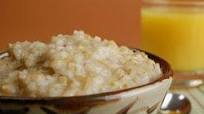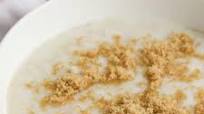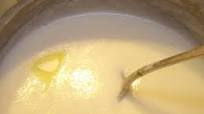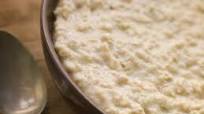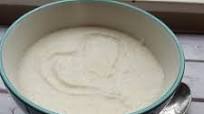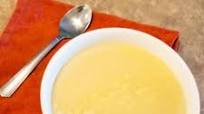What should I make for dinner tonight? This might just be the number one question that we ask ourselves almost daily over here.
Then you have come to the right place, we have rounded up 15 lumpy porridge that we have shared over the years.
Plus, there is such a variety of flavours in these recipes, so you are sure to find something for you. Most of these recipes are quick and easy ones made especially for busy weeknights.
15 Lumpy Porridge
Jamaican Cornmeal Porridge With Coconut and Condensed Milks Recipe
Deliciously Easy Scottish Porridge Recipe
Creamy Jamaican Cornmeal Porridge
Jamaican Cornmeal Porridge Bowl
Jamaican Cornmeal Porridge Recipe
Jamaican Cornmeal Porridge
Why is my porridge lumpy?
If your porridge mixture doesn’t reach the temperature required for gelatinisation, you get a grainy mixture of oats swimming in a liquid broth. If the porridge mixture is heated too high for too long, a similarly watery porridge soup results.
How do you make porridge less lumpy?
My advice: start out with a 1:2.5 ratio of oats to liquid. So for every cup of oats, add two and half water/milk. That’s a good start point. If you find that too stodgy or too soupy feel free to adjust, but that’s a good starting point.
How do you fix lumpy oatmeal?
You overcooked the oatmeal, and now it’s all dry and clumpy. This is absolutely my most common error, and it’s easy to make! Luckily, it’s also easy to fix. Remove from heat, add more liquid (OR yogurt), and stir.
Why does porridge go sticky?
It’s tempting to want to continually stir the oats as they simmer in the pot, but it can lead to too much starch, which results in a gummy, gluey texture. Follow this tip: Try to leave your oats undisturbed while they cook.
Is porridge supposed to be thick?
The important thing is that porridge should be creamy in texture (lots of stirring required), but with enough chewy bite to keep it interesting.
How long does porridge last in the fridge?
Cool and divide into portions, storing each portion in a small airtight container. The porridge can be stored in the fridge for up to 5 days or can be frozen for up to 3 months. Reheat the porridge in a microwave until piping hot and stir well before eating, again adding extra liquid if necessary.
What do I do if I put too much milk in porridge?
Why do Scots put salt in porridge?
As the comments above suggest, adding salt is a shibboleth, a test for Scottishness or identification with Scotland in the vast diaspora of Scots. And it makes practical sense if one is cooking a porridge to keep cold for the next day or the rest of the week (more on that later).
Why do you add salt to porridge?
An important thing so many people forget is salt. It adds depth to the porridge and will bring out the sweetness of any toppings – so add a pinch of the stuff as it’s coming to the boil and mix it all around.
How do you change the texture of oatmeal?
When you add your oats to the water determines the consistency of your oatmeal. If you bring your water to a boil and then add your oats, you’ll have a more textured, toothsome oatmeal. If you add your oatmeal to cold water and then bring them up to a boil together, the oatmeal will be a little more creamy.
How do you know if oatmeal is overcooked?
You’re overcooking the oatmeal
Instead, it should have an al dente texture, similar to pasta. To do this, Mackenzie Ryan, a food writer and photographer for Food Above Gold says to, “Cook according to the package instructions, but use only 3/4 of the water amount recommended.”
Should oatmeal be watery or thick?
When cooked correctly, oatmeal should have a hearty, slightly chewy texture and creamy consistency. It should never be watery or ‘gluey’.
